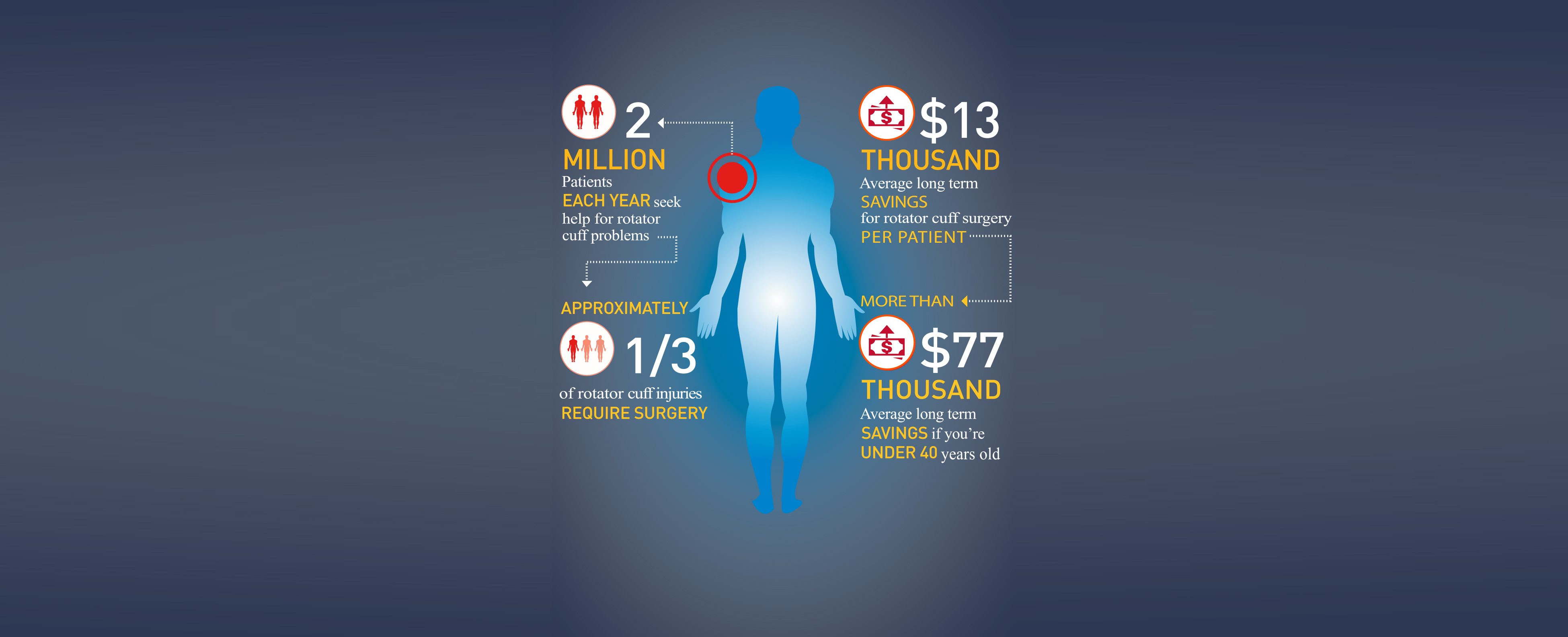The joint where the end of the collar bone (clavicle) meets the corner of the shoulder blade (acromion) is known as the acromioclavicular (AC) joint. AC joint arthritis is extremely common in the general population but remarkably often leads to minimal pain or dysfunction. Patients who do suffer from severe and chronic pain related to AC joint arthritis may be candidates for surgical management.
Surgical treatment of AC joint arthritis is called distal clavicle excision and involves removal of a small wafer of bone from the end of the clavicle to provide space between it and the acromion, thus relieving the arthritis symptoms.
The recovery from distal clavicle excision is generally accelerated as there is no structural repair of damaged material that requires protection in order to heal. A brief period of time in a sling for comfort is recommended followed by a rapid transition to a physical therapy program geared toward optimizing the mechanics of the upper arm and shoulder blade movements.
Pain management following distal clavicle excision involves the use appropriate pain medication and liberal use of ice. Frequent icing has been shown to have a profound effect on postoperative pain. We also utilize nerve blocks in almost all rotator cuff surgeries. The block, administered by an anesthesiologist just prior to surgery, uses a long acting numbing agent which affords the patient complete relief of shoulder pain for many hours following surgery. As the block begins to wear off patients are able to anticipate the pain that will follow and start treating it with their prescribed medication before the pain starts.

